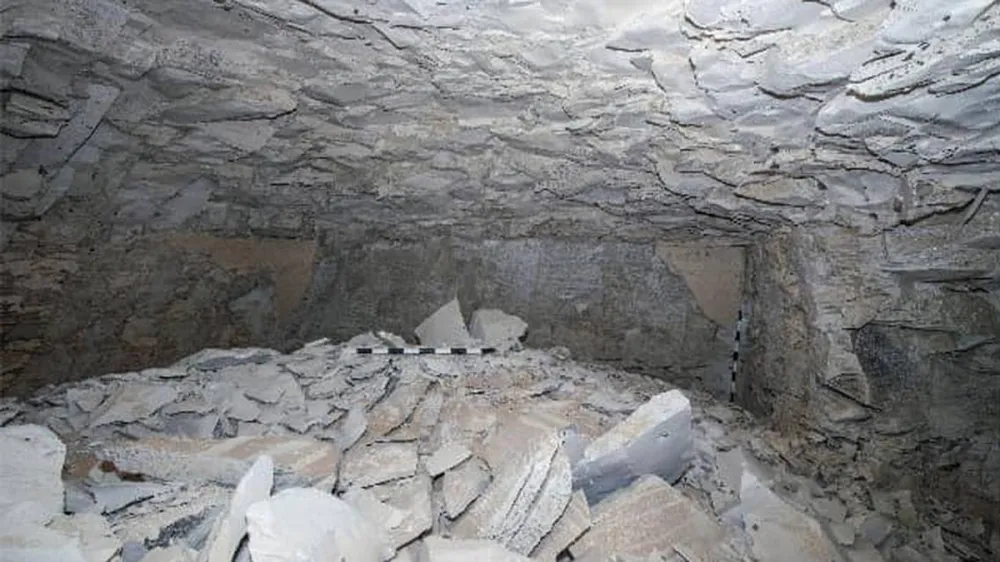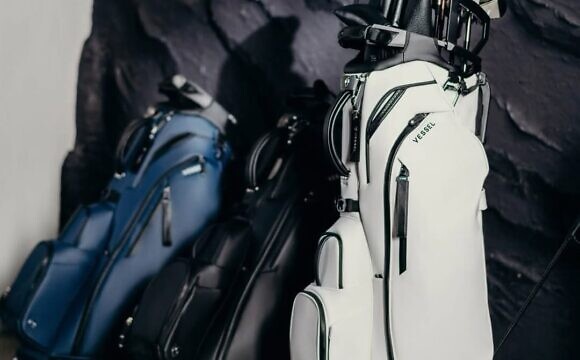The tomb of ancient Egyptian King Thutmose II has been found, the Egyptian Ministry of Tourism and Antiquities announced. This is the first royal burial chamber to be discovered since 1922, when King Tutankhamun’s tomb was found by British archaeologist Howard Carter.
A joint Egyptian-British team of archaeologists from the Supreme Council of Antiquities and the New Kingdom Research Foundation unearthed the tomb near the Valley of the Kings in West Luxor.
When they discovered the entrance and main passage into the tomb in 2022, however, they thought that it belonged to one of the wives of the Kings, based on its proximity to Queen Hatshepsut’s tomb and the tombs of King Thutmose III’s wives. Internal excavations confirmed the site as a royal burial chamber on Tuesday.
The location is atypical for its purpose, given its proximity to major sources of water, which left the tomb badly damaged from flooding not long after Thutmose II’s death.
Inside, there is a corridor with a layer of white plaster covering the floor, which lead to a burial chamber in the main section of the tomb, measuring four-and-a-half-feet higher than the chamber floor.
It has been described as “one of the most important archaeological discoveries in recent years" by the secretary-general of Egypt’s Supreme Council of Antiquities Mohamed Ismail Khaled. “The artifacts discovered there are an important addition to the history of the archaeological area and the reign of King Thutmose II, as the funerary furniture of this king was found for the first time, for whom there is no funerary furniture in museums around the world."
Alabaster vessels inscribed with “deceased king", along with the name of Thutmose II’s primary wife and half-sister Hatshepsut were also found in the tomb.
Thutmose II was a pharaoh of the 18th Dynasty and is thought to have died prematurely from disease around age 30. Little is known about Thutmose II, including he length of his reign, which could have been as little as three or more than 14 years.
The mummy of King Thutmose II was previously found at the nearby archaeological site Deir el-Bahari Cachette in the 19th century. Many other belongings from his tomb are believed to have been relocated due to the flooding that destroyed it.
Fallen pieces of plaster found in the burial chamber were restored by the team, however, who identified blue inscriptions, yellow star motifs, and parts of the Book of Amduat, an important funeral text placed in ancient Egyptian royal tombs.
Ultimately, the tomb provides an opportunity for further insight into the history of the region and Thutmose II’s reign. Archaeological work is expected to continue at the site for another two years.
From the article by Francesca Aton for ArtNews








